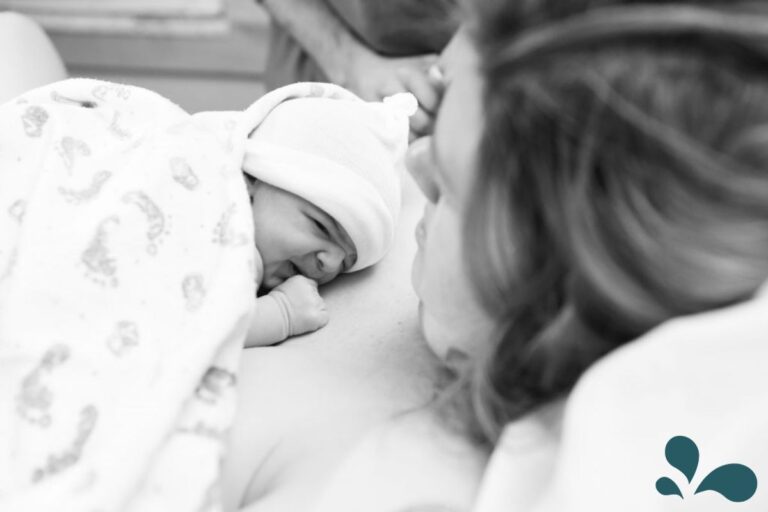One of the most nerve-wracking things about breastfeeding is the concern about baby getting enough milk. If you’re pumping for baby and worrying about milk consumption, the question stands: how much breastmilk should my baby drink and how often?
It’s important to note that pumping will provide a different milk output than if baby was feeding at the breast. As of 2021, 5.6% of mothers exclusively pump for their babies in the United States. At the same time, baby’s needs remain the same whether the breastmilk is provided through the bottle or directly from the breast.

Early Days
First, breastmilk volume changes a lot in the early days after baby arrives. Breastmilk volume is minimal in the first three days. The initial volume will not be much and should match what baby needs. Do not fret; the milk produced in the first three days has different nutritional content and meets baby’s needs despite a typically lower volume.
Since breastmilk supply increases based on demand, your breastmilk volume should rapidly increase once consistent milk removal is established.
Weeks One to Six
From the first week to the fifth or sixth week, baby may drink about 0.5–1 ounce per hour; this doesn’t mean that baby necessarily needs to eat each hour, but it could. Baby’s schedule will vary. Feed baby based on cues. Overall, you will notice a schedule that allows for frequent yet small feedings.
You want to see baby consume 12–24 ounces within a 24-hour period during this stage.

Week Six to Month Six (and Beyond)
Around 6 weeks baby may start drinking about 1.5 ounces per hour between feedings.
If baby is eating 8 times per day, that would equal just over 3 ounces per feeding. On average, from 6 weeks to 6 months (and beyond) baby will drink an average of 25 ounces a day.
How to Know How Much a Breastfed Baby is Drinking
Now, this is where the pumping mamas have the advantage; they can tell how much milk baby is getting according to the measured bottle. For a baby fed directly by breast, the easy way to know if baby is getting enough milk is to ensure that baby consistently has extremely wet diapers with clear urine by days 4–5.
The other way (a way that I can help you with) requires baby to be weighed while naked before and after a feeding. The difference in baby’s weight (in ounces) is how much milk baby consumed.
If you need help figuring out how many ounces your baby should eat according to their schedule, you can use a milk calculator.

Notes for Pumping Mamas
As mentioned earlier, pumping doesn’t provide the same output as direct breastfeeding. You can expect an output of 0.5–2 ounces per breast per pumping session. Four ounces for a pumping session is actually a really great amount. Women who can pump more than that per session likely have an oversupply. It isn’t unheard of for a pumping mama to need to have multiple pumping sessions to provide enough milk for a single feeding.
If you need to increase your supply, we recommend a few different techniques, including power pumping. We also recommend ensuring that you have a good pump with correctly sized parts.
As always, we’re here to support you in your breastfeeding journey.








